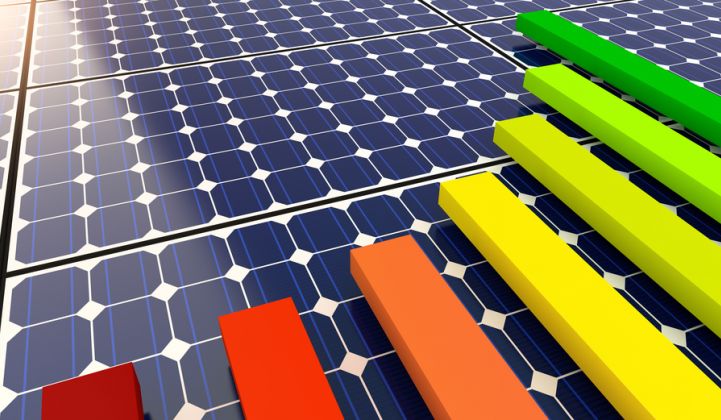UPDATE: On October 30, Mosaic announced the close of its second term securitization of residential solar loans -- which officially breaks the $1 billion milestone for asset-backed securitizations this year. With $307.5 million in bonds sold across four tranches, this marks the largest solar securitization to date.
The company reports the transaction was met with strong investor demand, generating more than $1.7 billion in investor orders. The deal was ultimately placed with 29 institutional investors based in the U.S. and Europe.
Solar loans are gaining market share as more consumers look to own, rather than lease, their solar systems. Mosaic has funded more than $1.3 billion in solar loans since the company launched in 2012, and expects to be a frequent issuer in the securitization market going forward.
"We are thrilled with the tremendous interest in this deal and what it means for the solar industry," said Billy Parish, co-founder and CEO of Mosaic.
This story has been updated to reflect the latest news.
***
2017 has set a record for solar securitizations, after several new players entered the field.
The combined asset-backed securitizations (ABS) for solar loans, leases and power-purchase agreements (PPAs) broke the $1 billion mark this year, following the close of a record-setting offering from Mosaic in late October. Solar financiers are demonstrating new levels of market interest in these products, which free up capital for new solar loans and leases.
This level of solar ABS activity surpasses all previous years, and there's reason to believe the numbers will continue to grow next year, said GTM Research solar analyst Allison Mond.
"The first ABS has a lot of procedural hurdles to overcome, so it can be a really time-intensive process," she said. "It’s a more streamlined process to securitize for a second or third time. Once a company has invested in doing it once, it makes sense for them to continue securitizing different assets as a way to raise capital."
Here's the year's tally so far:
- SolarCity: $185 million (loans) in January
- Mosaic: $139 million (loans) in February
- Sunnova $255 million (leases and PPAs) in April
- Dividend Finance: $129 (loans) in October
- Mosaic: $308 million (loans) in October
This list doesn't include property-assessed clean energy securitizations that contain solar along with other types of assets.
SolarCity kicked off solar securitization with a $54 million lease and PPA offering in 2013 (note how the average deal size has increased since then). It conducted the first solar loan securitization in 2016. SolarCity no longer offers its own loans, so this year's securitization may be the company's last foray into this market, but it still offers leases.
Loan provider Mosaic has had an active year. Its $139 million securitization in February, comprising nearly 6,500 installations, was oversubscribed, indicating ample market demand. The company followed up with an agreement in September to sell $300 million of loans to Goldman Sachs, and closed a second oversubscribed securitization this month.
$308 million is now the number to beat for the title of largest solar loan securitization.
Residential financier Sunnova completed its first ABS in April, as part of a larger $615 million funding raise.
Dividend Finance focuses on servicing the long-tail installers, including newer and less established companies, Mond said. The company provides rigorous training to ensure quality among its installer partners. The October deal marked its first securitization.
Dividend saw growth in market share and loan volume this year. It captured 9 percent of solar loan market share, ranking fourth in that segment for the first half of 2017, according to GTM Research data. Mosaic takes the top spot, with 45 percent market share.
The increase in solar loan securitizations reflects the growing share of customer-owned systems relative to third-party owned. After a period of third-party-owned dominance in the market, the tables turned in Q4 2016, and now more customers buy their own systems.
Loans became more attainable as system prices fell and active loan providers proliferated. As financiers complete more loans, they gain a pool of assets they can sell to increase their liquidity and offer even more loans.
"It's too much paperwork to do a securitization for just a couple of megawatts," Mond said. "Now that solar lending is as popular as it is, it's possible to do this sort of financing."
Both the trend toward customer ownership and the growth of the solar lending community show little sign of stopping. That means that next year could be another big one for solar securitizations.




